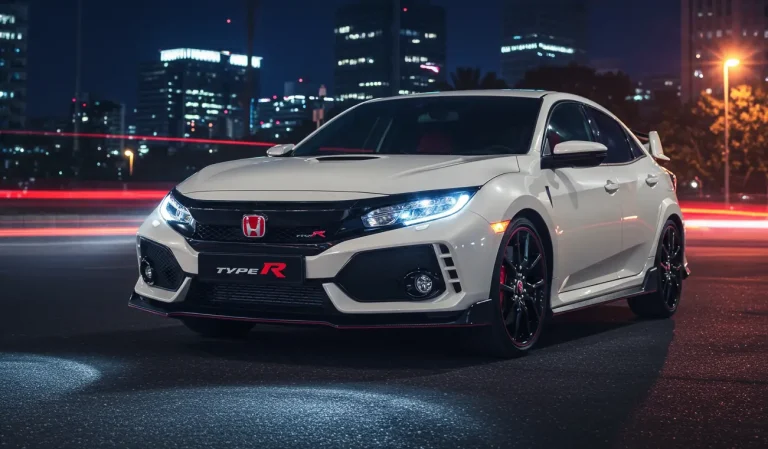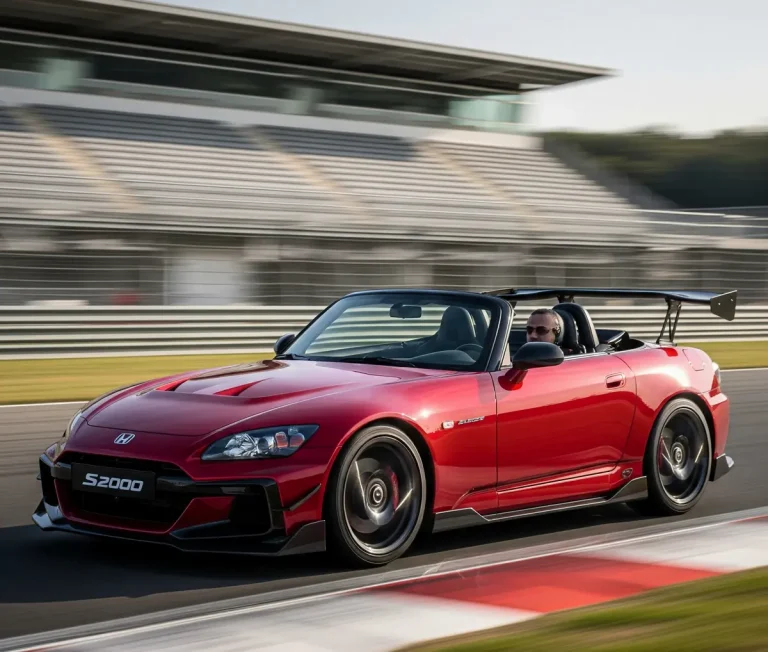Honda CRV Years to Avoid: A Comprehensive Guide for Used Car Buyers
Buying a used car can be a smart financial decision, but knowing which model years to avoid is crucial when considering a vehicle like the Honda CR-V. This popular compact SUV, known for its reliability, affordability, and fuel efficiency, has had several excellent model years, but like any car, there are some years that come with more problems than benefits. In this guide, we’ll delve into the specific Honda CRV years to avoid and why skipping these models might save you money and frustration in the long run.

What Makes a Honda CR-V Year Worth Avoiding?
Before diving into the specific problematic years, it’s important to understand what makes a car model year one to avoid. Common factors include:
- Frequent repairs and breakdowns reported by owners
- Expensive maintenance or known issues with key components
- Safety recalls and unresolved defects
- Low reliability ratings from industry experts
When these issues arise consistently in a particular year, it makes that model less appealing to prospective buyers, especially those looking for a dependable, cost-efficient used car.
Honda CR-V: The Best and Worst Generations
The Honda CR-V has gone through several generations since its debut in the late 1990s. Each generation brought improvements, but some model years were plagued with recurring issues that should give buyers pause. Here’s a quick look at the CR-V generations to help frame the discussion on which Honda CR-V years to avoid.
- 2nd generation (2002-2006)
- 3rd generation (2007-2011)
- 4th generation (2012-2016)
- 5th generation (2017-2022)
While newer generations tend to benefit from technological advancements and better safety features, not every year is a winner. Let’s look at the specific model years to avoid.
Similar Blogs: Toyota 4Runner Years to Avoid: Comprehensive Guide
Honda CR-V Years to Avoid
1. 2002-2004 Honda CR-V (2nd Generation)

Major Issues:
- Air conditioning failures
- Electrical problems
- Transmission issues
The early years of the second-generation Honda CR-V, particularly from 2002 to 2004, are well-known for significant mechanical problems. A common issue in these models is the failure of the air conditioning system, sometimes referred to as the “Black Death.” This problem involves the AC compressor failing and contaminating the entire system, leading to costly repairs often exceeding $1,500. Owners have also reported electrical glitches, ranging from malfunctioning headlights to faulty power windows.
These models were also subject to transmission issues, with many drivers experiencing sudden transmission failure after just 80,000 miles. Given these frequent and costly repairs, avoiding these early second-generation models is highly recommended.
2. 2007-2008 Honda CR-V (3rd Generation)

Major Issues:
- Airbag recalls
- Electrical system failures
- Unintended acceleration
The 2007 and 2008 Honda CR-Vs, the early years of the third generation, have also earned a reputation for being problematic. Most notably, these models were included in the massive Takata airbag recall, which affected millions of vehicles worldwide. The airbags in these CR-Vs were found to explode upon deployment, leading to serious injuries and even fatalities in extreme cases.
In addition to the airbag issue, owners of the 2007 and 2008 CR-Vs reported frequent problems with the vehicle’s electrical systems, such as malfunctioning door locks and window controls. Another alarming issue was unintended acceleration, where the vehicle would accelerate on its own even when the brakes were applied. This posed serious safety concerns and often led to expensive repairs.
3. 2011 Honda CR-V (3rd Generation)

Major Issues:
- Engine problems
- Transmission issues
- Oil consumption
While the third generation of the CR-V was generally solid, the 2011 model stands out for its problematic engine and transmission. One of the most commonly reported issues is excessive oil consumption, which can lead to engine damage if not addressed. Many owners have had to deal with replacing parts of the engine or the entire engine prematurely due to this issue. Additionally, this model year has seen a higher number of transmission failures, making it a risky choice for used car buyers.
4. 2015 Honda CR-V (4th Generation)

Major Issues:
- Vibrating at idle
- Transmission problems
- Faulty electronics
The 2015 Honda CR-V, part of the fourth generation, is another model year to avoid due to several troubling issues. One of the most frequently reported problems is vibration at idle, where the vehicle would shake excessively when stopped. Many owners found this issue incredibly frustrating, especially since it often persisted even after multiple repair attempts.
Another significant concern for the 2015 CR-V was transmission failure, with many owners needing to replace their transmissions at around 60,000 miles. Additionally, the vehicle had issues with its electronics, including malfunctioning infotainment systems and backup cameras.
5. 2017 Honda CR-V (5th Generation)

Major Issues:
- Oil dilution
- Engine stalling
- Electrical failures
The 2017 Honda CR-V marked the start of the fifth generation, and while it introduced many new features, it also came with a new set of problems. The most significant of these was oil dilution, where fuel would leak into the oil system, causing the oil to become diluted. This issue led to engine stalling, poor performance, and in some cases, complete engine failure.
Additionally, the 2017 CR-V was known for electrical failures, including problems with the infotainment system, dashboard display, and battery. For these reasons, many experts suggest steering clear of the 2017 model.
Related Read: FCW System Failed Honda [Quick Fix] 2024
The Neutral Years: Safe but Unremarkable
While there are certain CR-V years to avoid, there are also a few neutral years that may not have the best reliability ratings but don’t suffer from major flaws. These years include:
- 2012 Honda CR-V
- 2019-2020 Honda CR-V
These models don’t particularly stand out for being great or terrible. While you might encounter some minor issues, they are generally considered safer bets than the problem years listed above.

Why Do These Issues Matter?
When buying a used vehicle, avoiding problem years is crucial for several reasons:
- Reduced maintenance costs: Choosing a year with fewer reported issues means you’ll likely spend less on repairs and maintenance over the life of the vehicle.
- Safety: Years with frequent recalls or serious safety issues should be avoided to ensure you and your passengers are safe on the road.
- Resale value: A CR-V from a problematic year will have a lower resale value and may be harder to sell if you decide to upgrade in the future.
Conclusion
While the Honda CR-V is known for being a reliable and popular choice, not every model year offers the same dependability. Avoiding the problematic years listed above—such as 2002-2004, 2007-2008, 2011, 2015, and 2017—can save you from the headaches of constant repairs and expensive maintenance. Always do your research, check for recalls, and consider getting a vehicle history report before purchasing any used car. By choosing the right model year, you’ll be more likely to enjoy the benefits that have made the Honda CR-V a favorite among SUV buyers.





